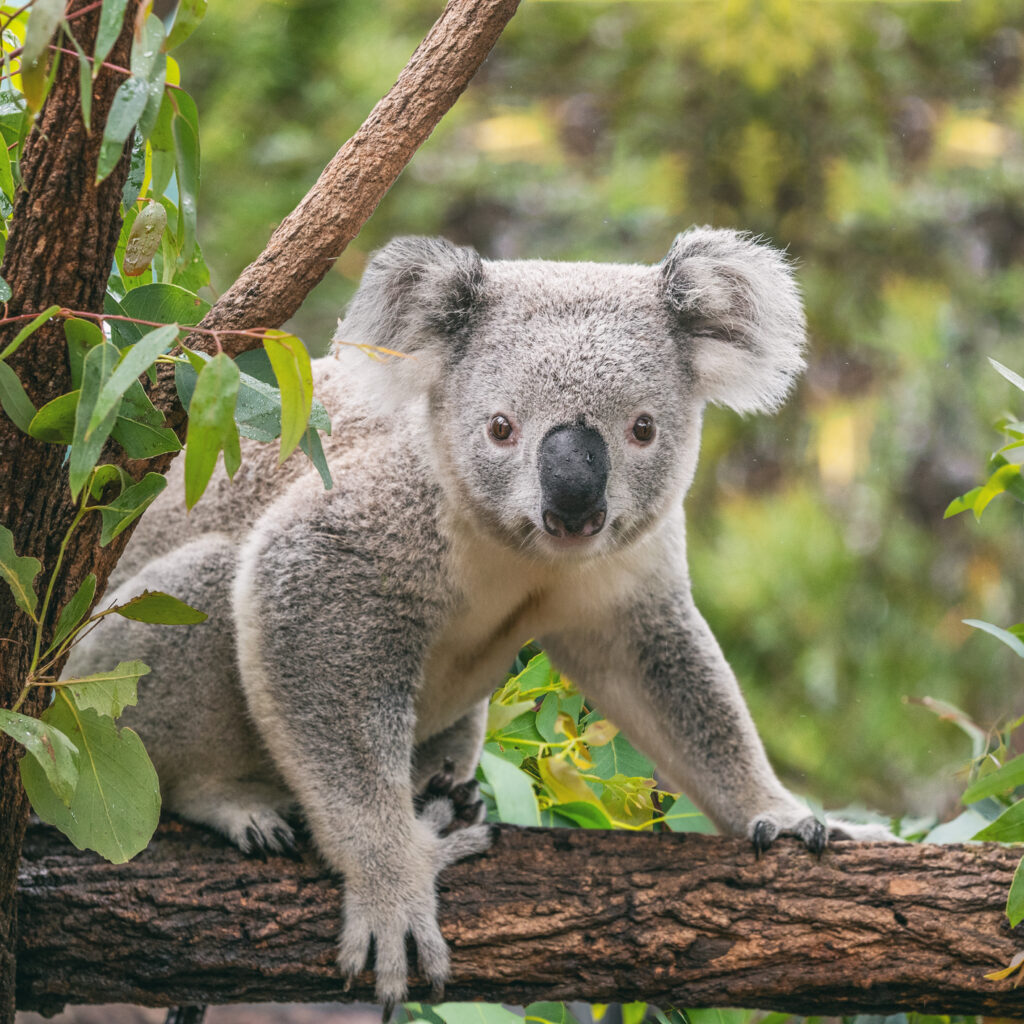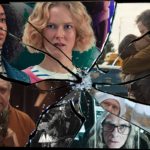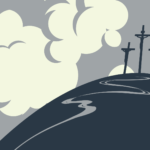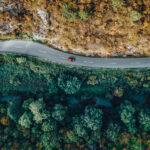Review: Koala, Danielle Clode | Of Marsupials and Men, Alistair Paton
We have a strange relationship with our furry, iconic, native creatures. While we take pride in their distinctiveness, and reputation overseas, and deplore the hunters and collectors who ravaged numbers in centuries past, our current lifestyles of land clearing and global-warming consumption aren’t exactly conducive to their flourishing.

The koala vies with the kangaroo for our most iconic animal, but it is perhaps our most loved, because of its teddy-bear-like qualities – docile, slow, cuddly, round-eyed, flat-faced. That’s the cartoon image anyway, based largely on fact, though with most aspects of nature, the story is more complicated than it first appears.
In captivity koalas can be docile if well-fed. They can also be stand-offish. And they can move quickly if they have to. Males and females can be aggressive during mating season, and mothers ferociously defend their young, biting and clawing with very sharp claws. In different locations they show different behaviours, and they have distinct personalities.
There is not much about koalas that isn’t in Danielle Clode’s book. She is one of our great nature writers – she knows the science from the inside and can systematically lay out masses of information in easily digestible form. But she can also be poetic, evocative and moving. Here she situates koalas in the wider landscape and in the business of scientific discovery and conservation. She writes about mating, birth, lactating, feeding, skeletons, senses, Indigenous stories, evolutionary history and more.
There are koala fossils that are about 24 million years old and are from the red desert of northern South Australia, but there are no older fossils that would tell us about proto-koalas. There is no evidence yet of megafauna koalas (but Clode is hopeful). The Riversleigh site in north-west Queensland indicates that 12 million years ago there were various species of koalas living together. These days, the main variation is in southern koalas tending to be bigger and furrier.
Their closest relative is the wombat. Like wombats, koalas are powerful for their size, and have an iron-clad backside that can help guard against predation but also helps them sit in trees where they are very much at home, lounging and sprawling in hot weather, curling up into fuzzy balls during storms.
While they can occasionally be seen down a wombat burrow, weirdly, they, of course, have a close relationship with eucalypts, which they almost-exclusively feed on. But not just any eucalypts – what they like depends on species, the seasons, locations and, as has been discovered more recently, their gut biome. This is why transplanted koalas don’t necessarily fare well – the gut biome can differ by region, suited to the types of gum available. It’s now an outdated idea that they are dumb because they eat toxic leaves. They are actually well-adapted. They sleep a lot because they can – they don’t need to stay on the move to avoid predators. Neither are they stoned on eucalyptus, as was once thought (probably in the ‘70s).
They are curious – they will sit in trees by roads to watch what goes on. They seem to recognise individual humans, and also, possibly, like domestic cats, recognise that humans can help them – they don’t automatically flee from humans.
In the early 20th century they were nearly wiped out for the fur trade in the US, where hundreds of thousands of pelts were shipped each year. Ironically, this was stopped by the intervention of a US president rather than an Australian prime minister. At that time, Queensland – not always the most progressive of states environmentally – gave bounties for koalas as part of a ‘marsupial destruction plan’.
This is just part of the madness that Alistair Paton documents in his lively book about the fascination with Australian wildlife in the early European settlers, their descendants, and the folks back home, and the disastrous ‘naturalisation’ programs that saw the introduction of European species, thereby leaving a legacy of two centuries’ worth of pests and weeds.
It went both ways, but most Australian animals didn’t become pests. The nineteenth century was the era of collectors, and they did so in bewildering numbers. Kookaburras and kangaroos were taken back to England. On the Isle of Man there are wild wallabies descended from nineteenth century ancestors. But most animals shipped didn’t survive. Koalas didn’t fare well, for reasons outlined above. Platypuses were even fussier, understandably. The animal that initially was deemed a hoax turned into a sensation and remained a mystery for a long time. Attempts were made to transport live specimens overseas in large boxes with soil and water. Winston Churchill was a fan, and the Australian government attempted to send him some. The painter Dante Rosetti, alternatively, was obsessed with wombats.
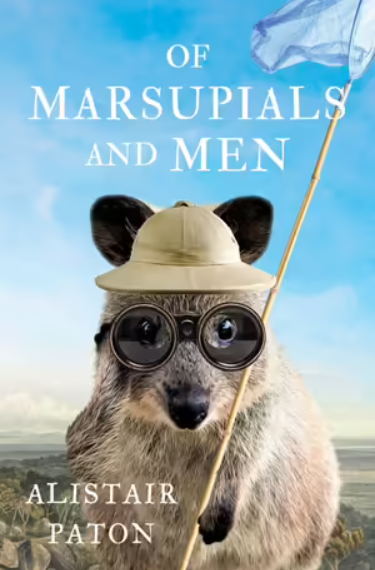
Not everyone, though, was a fan of antipodean fauna. English hunters initially thought Australian animals ‘boring’. English naturalist George Perry thought the koala ‘awkward’, ‘uncouth’ and virtually useless. (This was before the booming koala fur trade.)
The history is strange and convoluted. Collectors could both help to preserve – by creating national parks and raising awareness – and destroy, by over-collecting. It seems strange to our sensibilities to profess a love of particular animals, only to then blast away as many as possible and have them stuffed. Enthusiastic naturalists also had the dubious honour of documenting species their compatriots were making extinct (such as the paradise parrot, already gone by 1927).
There are plenty of larger-than-life characters in Paton’s narrative. David Fleay created Healesville Sanctuary and was the first to breed platypuses in captivity. He was also responsible for trying to get live ones to Churchill. Later there were more ecologically friendly promoters, and they could become radio and TV stars, like Harry Butler and the Leyland brothers, some of the inspirations for Glenn Robbins’ Russell Coight character (though Butler was later criticised for working with mining companies).
Today, appeals for rescuing koalas may rake in millions of dollars here and overseas, but human pressures are threatening them. Where kangaroos coped comparatively well with the spread of grasslands under pastoralisation, koalas suffer from habitat loss. As always, the story is complicated – though thriving in some places, they have been devastated by recent super-sized fires from which they can’t take refuge. They are resilient creatures, but koalas in more northerly regions of NSW and QLD, on top of the bushfire threat, are threatened by increasing general temperatures, especially in summer.
Cycles of boom and bust in koala populations aren’t easily explained, but it is likely that changes to forests by humans are throwing things out of whack, as is the case for so many threatened species. Monitoring the health of koala populations and habitats may be a good idea, because, as Clode notes, the problems we are creating that threaten koalas are also threatening us.
Nick Mattiske blogs on books at coburgreviewofbooks.wordpress.com and is the illustrator of Thoughts That Feel So Big.



